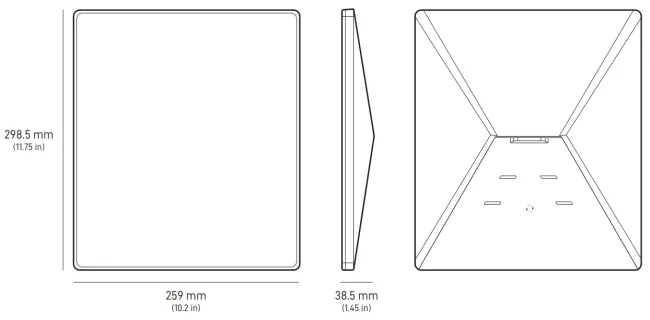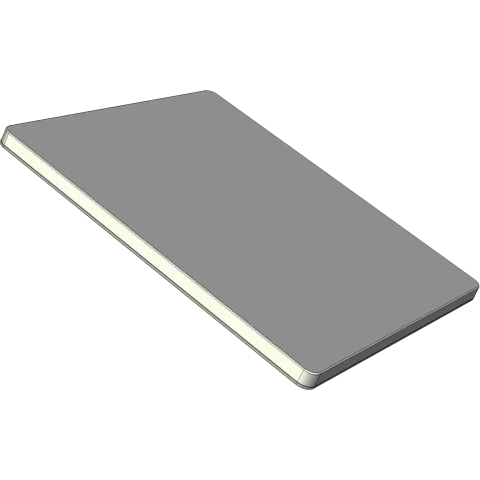Description
Starlink's Mini User Terminal, known simply as "Starlink Mini" is an all-in-one portable satellite terminal and WiFi, designed to fit in a backpack or small carry case for easy transport.
Like its predecessors, Starlink Mini is a satellite transceiver which uses digital beamformers and an Electronic Steerable Antenna to track and maintain connectivity with LEO satellites as they move overhead. Mini has a kick-stand, requiring the user to rotate the unit to the optimal position guided by the Starlink app. The unit is highly weather resistant, achieving an IP67 rating when using the supplied SPX connector (standard RJ45 ethernet reduces the weather rating).
A major advantage of Starlink Mini is the significantly reduced power consumption, averaging 25 to 40 W, along with its conventional DC power connector making connection from solar or battery simple. Being physically smaller the unit has a smaller phased array resulting in lower data speeds, reported to be up to 180 Mbps DL and 25 Mbps UL.
Mini contains an in-built WiFi-5 router, known as UTW-231, which is a departure from other Starlink terminals which made use of a separate WiFi router.
Starlink UTs communicate using the X and Ku bands, receiving a 240 MHz channel between 10.7 and 12.7 GHz, and transmiting a 60 MHz channel back to the satellite between 14.0 and 14.5 GHz. While the UT should be theoretically capable of up to 720 Mbps downlink (64QAM), it realistically achieves data rates to a maximum of about 100 Mbps due to the smaller antenna used in the Mini.
Network Interfaces
Wireless Interfaces
WiFi Module
Ethernet Interfaces
| Interface | Quantity | Function | Signalling |
|---|---|---|---|
|
1
|
LAN
|
Antenna Specifications
Physical Specification
Power Specifications
Power Interface
| Power Connector | Min. Input Voltage | Max. Input Voltage | Voltage Type |
|---|---|---|---|
|
DC Coaxial, Type A, Female 5.5 x 2.1 mm
|
12 V
|
48 V
|
DC
|
Drawing

Downloadable Resources
Starlink, initiated by US company SpaceX in January 2015, is a satellite network project aimed at providing satellite internet connectivity. The project's primary objective is to deliver broadband services globally, particularly to underserviced areas of the planet. Starlink's constellation comprises thousands of mass-produced small satellites, orbiting in low Earth orbit (LEO), working in ...





